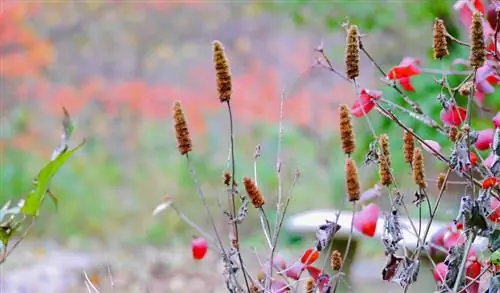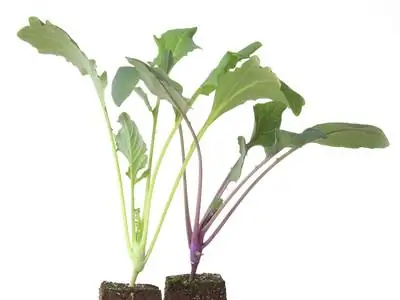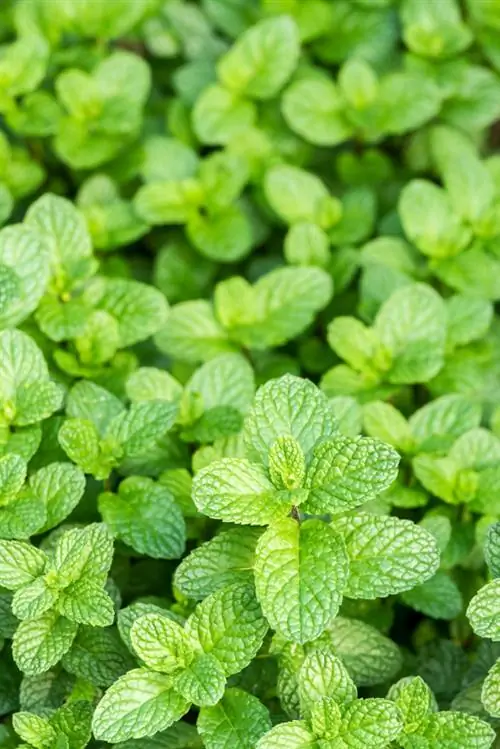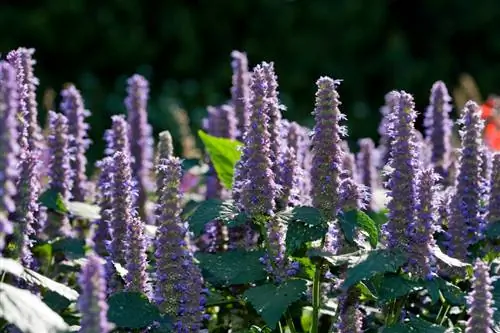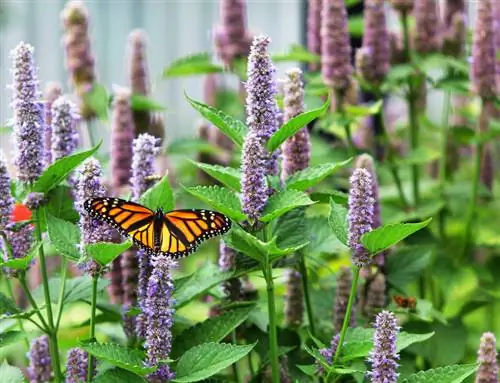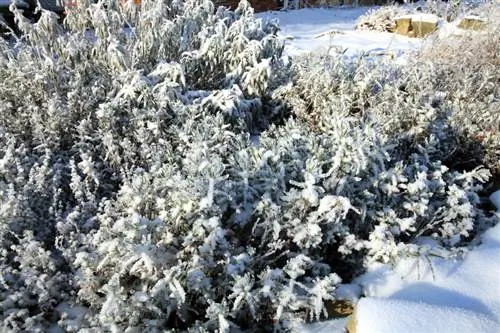- Author admin [email protected].
- Public 2023-12-16 16:46.
- Last modified 2025-01-23 11:20.
Hyssop is propagated by seeds, cuttings or division. The easiest way to propagate is with seeds, which you can buy everywhere. These are brought forward in early spring or sown directly outdoors a little later.
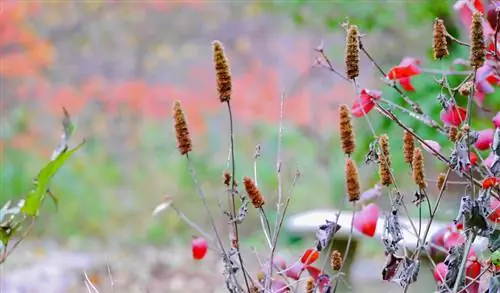
How is hyssop sowed?
Hyssop is sown in March-April by growing the seeds on the windowsill or in the greenhouse without covering them with soil, as they need light to germinate. After a germination period of approx. The seedlings are planted outdoors or sown directly in May for 2-3 weeks.
Hyssop is an undemanding perennial whose shoots tend to become woody, so that the plant can develop into a subshrub over time. Hyssop likes a lot of sun and warmth, but otherwise does not place high demands on either the location or the care. Since it is frost-resistant, hyssop can also overwinter outdoors in this country.
Propagation options for hyssop
If you already have a hyssop plant, you can cut cuttings from its shoots. You can divide a large hyssop plant. Under optimal conditions, hyssop readily propagates through self-sowing. If your hyssop plant is in a wind-protected, sunny herb bed on permeable, calcareous soil, you will soon notice that new young plants are growing around it.
How to sow successfully
The hyssop plants feel at home in a herb or vegetable bed, where the strongly scented herb attracts bees and drives away pests. Sowing is easy to do without much effort:
- in March-April, grow the seeds on the windowsill or in the greenhouse,
- Attention: Hyssop seeds need light to germinate and are therefore not covered with soil,
- The sowing is kept moderately moist,
- Germination time is approx. 2-3 weeks at a temperature of around 15-20° C,
- Plant seedlings outdoors in May or sow directly on site.
- The distance between young plants should be about 25 cm.
Tip
Adult hyssop plants are very warm-loving and can easily tolerate drought. The young plants initially need a little more water and, if necessary, winter protection in the first winter if there is permanent frost.

